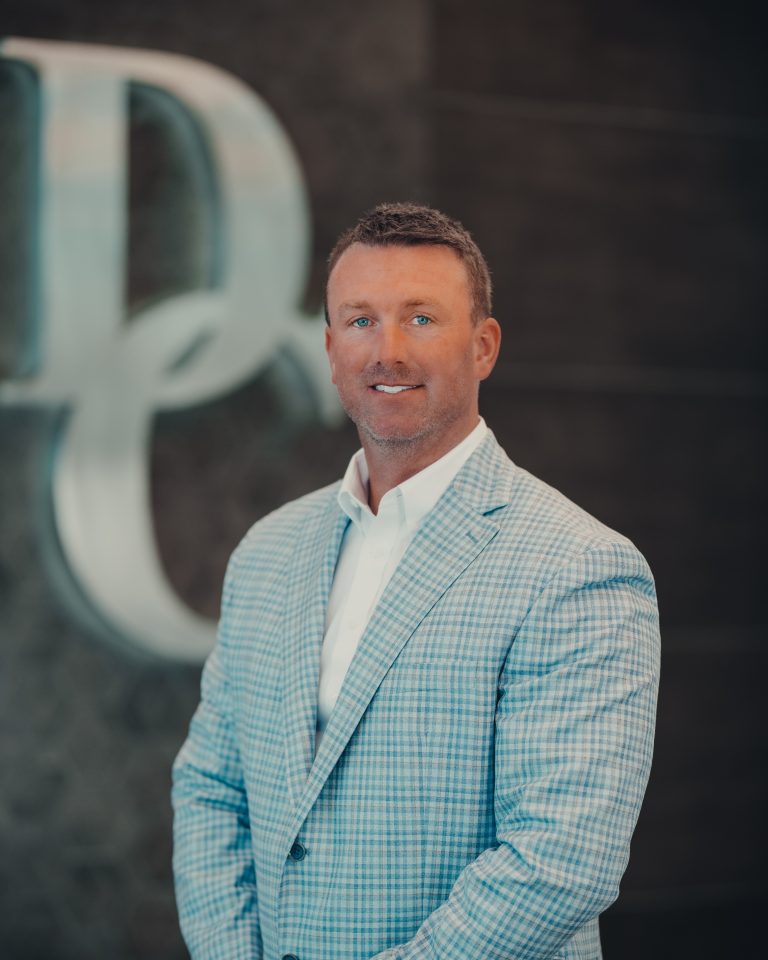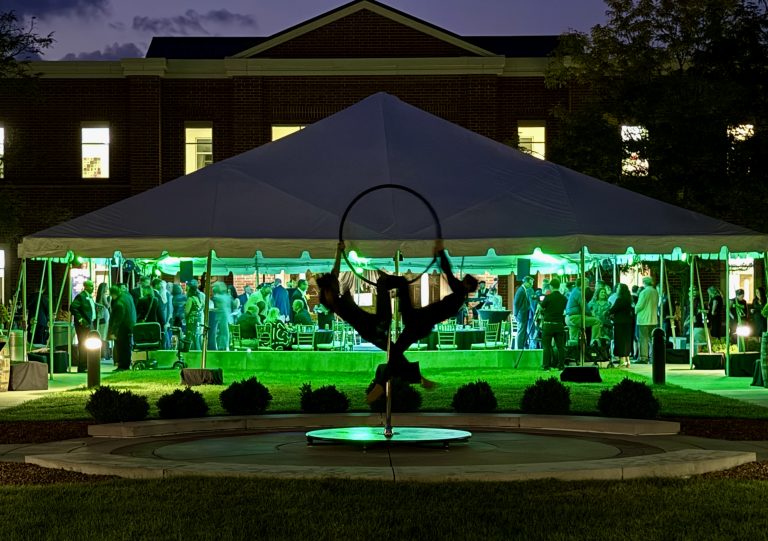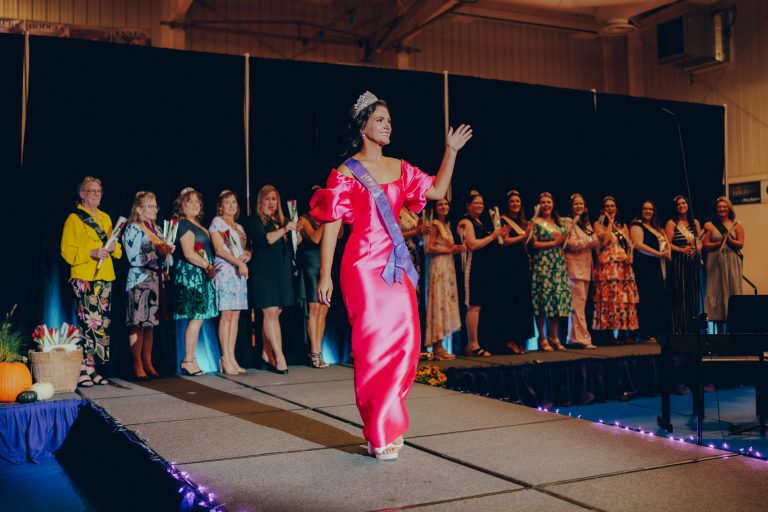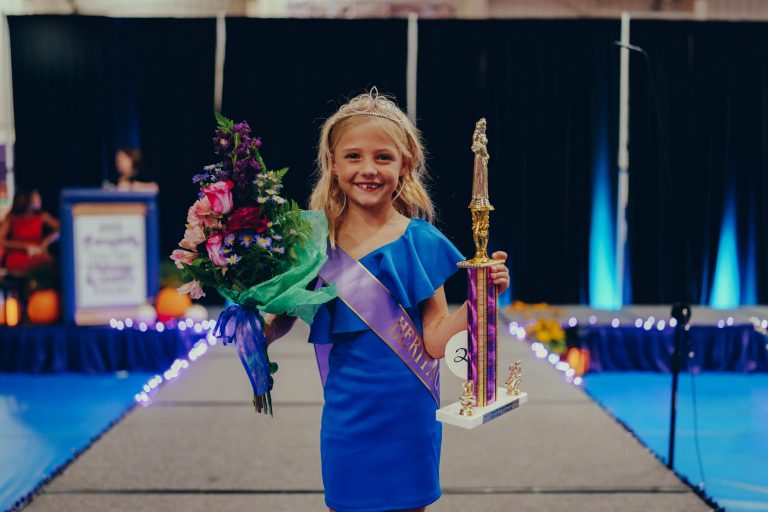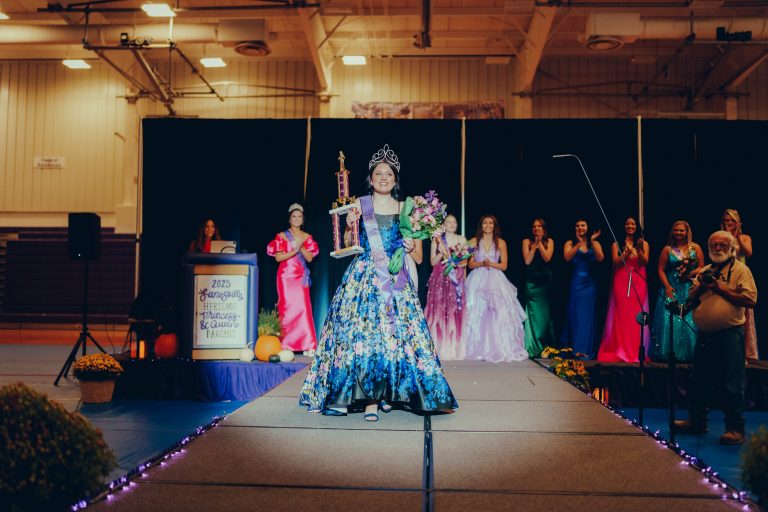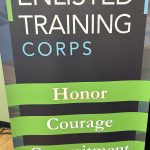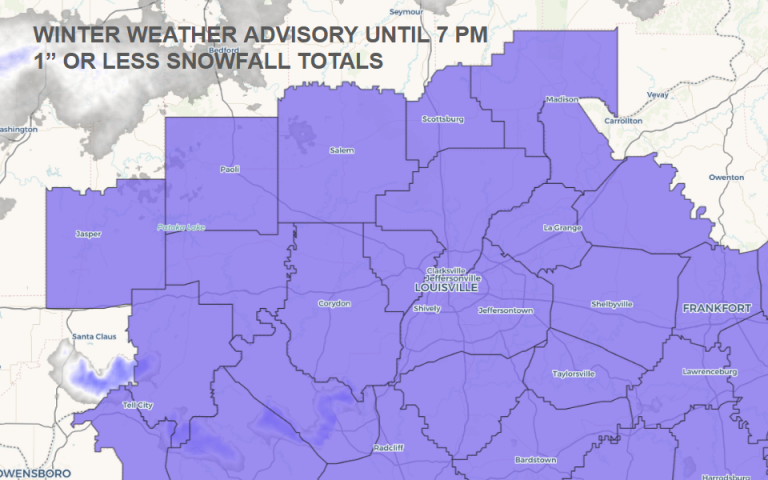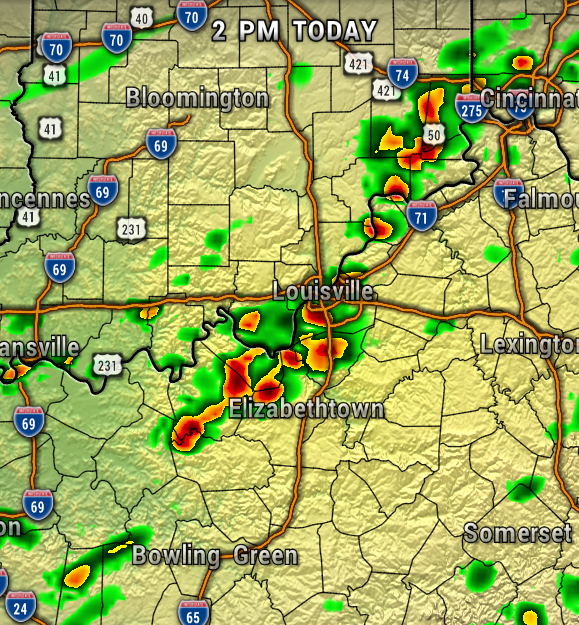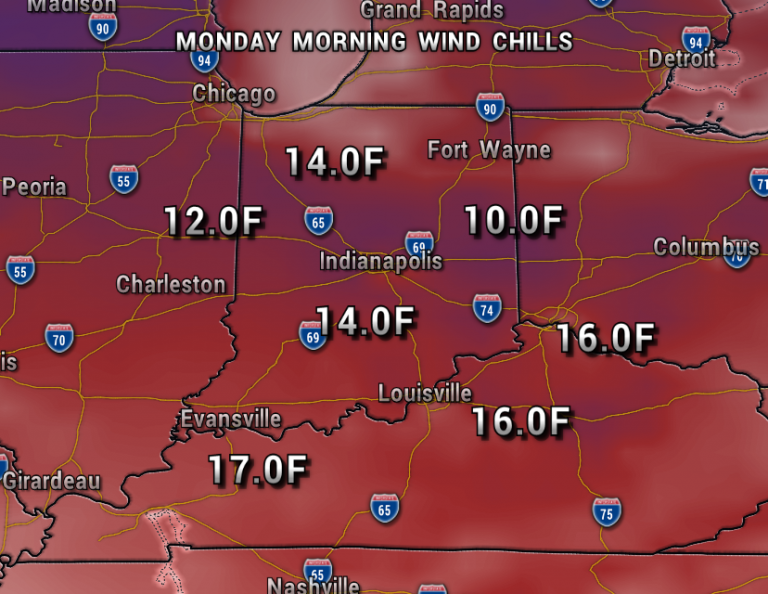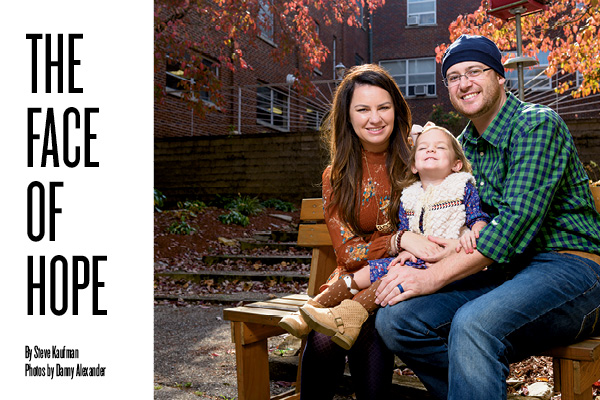
Story by Steve Kaufman | Photos by Danny Alexander
John Bostock has brain cancer, so why does he feel like the luckiest man alive?
Nobody should have to say “glioblastoma” without the words tripping awkwardly out of their mouths. It’s a tough, tongue-twisting word, made all the more twisting by what it represents. In the past year since John Bostock was diagnosed with glioblastoma– an aggressive form of brain cancer – the word has become an everyday familiarity to John and wife Jessica, a young Floyds Knobs couple.
Glioblastoma is an aggressive form of cancer generally beginning in the brain. It has non-specific symptoms in its earliest stages, is almost always Grade Four by the time it’s detected and there appears to be no clear way to prevent the disease.
Only about three out of 100,000 people a year develop the disease, though most are usually in their 60s. Once diagnosed, the common life expectancy is 12 to 15 months. Less than five percent survive longer than five years.
John Bostock was 34 years old when his glioblastoma was discovered, in the summer of 2015. In that respect, he defies a few of the odds. He’s statistically too young. He’s supposed to be one of the 99.999997 percent who’d never even heard the word.
For him, it was like walking across a railroad track with no reason to think a train was coming right at him. In other words, not particularly lucky.
And yet, the other word John and Jessica say, frequently and convincingly, is “lucky.” As in, “We’re very, very lucky!”
Who says that? Lottery winners, maybe, or people who’d had a good week in Las Vegas.
“Lucky” is not the word you’d expect from a young couple with an infant daughter and a brand-new home-of-their-dreams farmhouse who were told, over an excruciating Fourth of July weekend, that the husband and father had this rare form of brain cancer and might have only six months to live.
No Time for Pity
Once John was diagnosed, there didn’t seem to be much time for self-pity. For one thing, the Bostocks knew they had a lot of work to do, starting immediately. For another, they had a daughter, Olive (who will be three in January), at home who needed their care and attention.
Plus, they faced an overwhelming program of radiation and chemotherapy treatments, doctors’ visits, grief counselors, paperwork, insurance forms and an unending overload of medical information. “It was all a blur,” Jessica says now.
But, they also had a wonderful support group of family members on both sides, who researched the disease, got involved in the driving and running and going that was involved, and kept up a steady flow of reassurance.
“I remember having conversations with my father-in-law,” recalled John, “and he said the goal is to  prolong and extend this as far as we can, until new research or treatments hopefully might come along. There was never a feeling of ‘I’ll beat this’ so much as ‘let’s keep trying to prolong this.’ We’ll get through this today, and then we’ll get through tomorrow, and then the next tomorrow.”
prolong and extend this as far as we can, until new research or treatments hopefully might come along. There was never a feeling of ‘I’ll beat this’ so much as ‘let’s keep trying to prolong this.’ We’ll get through this today, and then we’ll get through tomorrow, and then the next tomorrow.”
“We were told that John might have six to 12 months to live,” said Jessica. “But we’re not the kind of people who crawl into our holes and cry each day.”
When Crying Came
Not that there wasn’t plenty of crying, too. “We all cried a lot and had horrible days and great days,” Jessica said. “I talked to my mom, honest conversations about what would happen in a couple of months if John weren’t around – insurance, jobs, money – not fun conversations.”
Coming to grips with unfairness? Not easy.
“But life’s not fair for a lot of people,” said Jessica, “and we have each other. It has given us a whole new definition of ‘fortunate.’ Small things don’t matter anymore. It completely changes your perspective on life.”
She said there were lots of evenings, sitting around watching TV, when she’d get up and go to her room to cry, so as not to upset John by breaking down in front of him. Later, she found out he was doing a lot of the same thing.
Learning About Radiation And Chemo
There was also the matter of getting right into the treatment plan. “When you get the glioblastoma diagnosis, your treatment plan is pretty much set in stone,” Jessica said. “There’s no ‘here’s what you could do.’ It’s, immediately, six weeks of radiation and chemotherapy, every single day.”
“Radiation helps kill the remaining cells and the chemo keeps the tumor from coming back,” John explained. The surgery removed 99.2 percent of the cancer. The rest couldn’t be removed without risking brain damage. “I can live with that 0.8 percent tumor. The goal is to limit it to that.”
Blindsided By Fate
Limiting a tumor was hardly the goal in May 2006, when the two Floyds Knobs youngsters who had known each other since Floyd Central High School – introduced by families who were exceedingly close to each other – got married.
Nor was limiting the growth of cancer a goal in January 2014, when tiny Olive was born in difficult circumstances. There were other medical concerns then. “She came into the world 10 weeks early, weighing all of three pounds,” Jessica recalled. “We had had a hard time conceiving her, and I went into labor at just 26 weeks. I was in the hospital for a month on bed rest; she was in the hospital for six weeks. She came home weighing five pounds. This tiny little thing was a blessing, a miracle.”
Glioblastoma wasn’t in their vocabulary in the spring of 2015, when John began having migraine-type headaches he thought were from allergies.
He also recalls, retrospectively, that he had been having problems balancing the precise Medicare pricing calculations he was doing for Humana, where he worked. “Basic functions,” he says now, “but I could never get things to match. Very frustrating!”
He’d not had recurring headaches before, and these always came in the middle of the night, waking him up with all kinds of pressure, “but I took Advil or Excedrine Migraine and kept grinding through every day.”
Plus, Jessica said, “we went to all these places – a chiropractor and our regular family doctor – and nobody seemed concerned about it.”
Eventually, they went to a neurologist who put John on steroids, which helped for a week or two. “He told us, there were no signs that I needed any immediate tests, like a brain scan,” John said. “I’d had no history of headaches; he agreed it was probably migraines due to allergies.”
Then the headaches started coming back, and John started not making sense a lot of the time, frequently coming home from work at lunchtime in pain.
Rush To The ER
One Friday a year ago July, John came home for lunch, and Jessica left him something to eat before going out of the house.
“When I came home at night, he hadn’t remembered eating the lunch,” she said. “He was being unusually weird. I was upset and I insisted we go to the hospital right away. John’s mom, stepdad and I took him to the emergency room at Norton Downtown (in Louisville), and they took an MRI. The scan came back that there was a 5-centimeter mass on the right front of his brain.”
Neurosurgeon Todd Shanks performed the surgery on Monday.
Sharing Inspiration Jessica said they weren’t eager to talk to others about the condition once John got home and into his grueling set of treatments. “I guess I thought, ‘Who cares, this is our problem.’ But we did have friends and family who needed to know what was going on.”

To keep that group informed, she found CaringBridge.com, a social networking web site that allows people to post blogs and exchange information, mostly about health and disease situations.
Jessica formed the John Bostock Journal – https://www.caringbridge.org/visit/johnbostock – with an intial entry dated July 5, 2015, that was simply headed, “Surgery”: “I totally forgot to mention that John’s surgery is scheduled for tomorrow afternoon. Probably between 2-4. Should last 3-4 hours and he should be in little pain afterwards. We will stay until Wednesday or Thursday and then will return home and will know much more about the treatment plan next week.”
What Jessica found was “we got such a warm and wonderful reaction from people I didn’t know. People said things like, ‘You don’t know how inspiring you are, how much we pray for you.’ It made us feel good. If our story can be an inspiration to anyone, how great is that?”
She said, “People tell us that when they complain about the weather or about their kids, they think about us, and that gives them perspective – and that’s amazing!”
Sometimes, said Jessica, “people think people with cancer talk about it all the time, but it’s completely the opposite. People say to us, ‘Oh, I don’t want to make you talk about it, you probably talk about it all the time.’ No! We don’t talk much to other people and, when we did, we found that was therapeutic.”
John agreed. “Sometimes you have to talk about it out loud, instead of just talking inside your own head. Sometimes we’re surprised by the answers.”
“We’re not scared of crying anymore,” said Jessica. “We’ve been doing this for 15 months. We’re not scared about reliving it.”
Finding Faith
The Bostocks also get great comfort from their church, Northside Christian Church in New Albany, which they had been attending for some time – “but we’ve never missed since John got diagnosed.”
“We probably took it for granted before,” Jessica said. “I have a relationship now with God that I didn’t know I could have.”
Keeping Olive Happy
That moment was much appreciated because John needed to be the same father that little Olive kept expecting him to be.
“After John’s diagnosis, it was Olive who made us get up every single day and put a smile on our face, because we had no other choice,” Jessica said. “And John’s being home and spending time with her made them so close. We’d go to the zoo, and then we took her to Disney World. It made her happy, and that made us happy.”
But, living a normal life was important for more than simply Olive. It was important to all of them. They credit much of this to Dr. Renato LaRocca, John’s oncologist.

“He always says, ‘love hard, travel, drink wine,’ ” John said. “He tells me to eat healthy, but also have some red meat if we go to a steakhouse.”
“He says, ‘Live life to the fullest and enjoy yourself, you never know what tomorrow will bring,’ ” said Jessica. “It opens your eyes and your sense of things around you that you didn’t really pay attention to before.”
Dream House Deferred
At first, much of the focus of normal life was on the farmhouse the Bostocks had purchased, off of Paoli Pike in Floyds Knobs, just four weeks before John’s diagnosis.
“We love old houses, and this was our dream house,” said Jessica. “Lots of character, on a couple of acres. We were so excited – and then ‘boom!’ ”
Initially, she said, it was a great project to focus on, diving into it, keeping them busy, their minds occupied. Eventually, though, with John not working and with the determination to travel and take Olive to Disney World, they sold the house.
“For me at the time, with John having 12 months to live and not going back to work, it made sense to sell the farmhouse,” said Jessica. “The plan was to make the best of everything for him so we would regret nothing.”
Pills And Daddy’s Backpack
Without the farmhouse, the focus turned to all the treatment options that might keep John alive. Through John’s brother, Zach, a hospital administrator in Naples, Fla., who had worked at Jewish Hospital in Louisville for 13 years, they were plugged into a pipeline of information.
It was through oncologist LaRocca that John was approved for Temador, a “chemotherapy pill” specifically for glioblastoma that he takes every four weeks.
LaRocca also helped arrange for John to be fitted with a new device called a Optune, from Novocure, a kind of helmet specifically developed for glioblastoma (which you can see John wearing on this cover of Extol). It was still in the final testing stages, but LaRocca sent a request to Humana, and John was approved as a non-recurring tumor patient.
John explains: “It creates a ‘tumor treating field’ that confuses the cells, inhibiting them from rapidly dividing and regrowing. It forces them to turn into normal cells.”
There is a soft helmet-like device around John’s head and a power supply that’s strapped to his back. Developed by Novocure Ltd., a British oncology research company based on the Channel Island of Jersey, the first iteration weighed six pounds. The newer version, the one John wears, has been trimmed to a more comfortable 2.7 pounds. (The company explains it was able to reduce Optune’s size and weight “by utilizing novel digital signal generation technology.”) It received U.S. FDA approval this summer, but it has been available in Europe in 2015. John was fitted for his a year ago.
The Bostocks refer to it, cautiously, as “John’s life-prolonging device.” Olive calls it “daddy’s backpack.”
“The timing of this was practically a miracle,” said John, “in that it was approved at just the time we needed it. They still don’t have enough data to determine how this might change the prognosis long-term, though some preliminary data said it could prolong a patient’s life about a year past what the current diagnosis is.
“I’ve worn it a year, now. I will wear it for as long as I need to!”
What’s Ahead?
John, who admitted to a somewhat bumpy educational tenure the first time around – “I went back and forth between Ivy Tech Community College and Indiana University Southeast (IUS), getting an associate degree from Ivy Tech. I was a terrible student” – is back to taking online business classes at IUS in pursuit of his bachelor’s degree.
He said Humana is keeping the door open for him, should he decide he’s ready to return to work. “I’m teeter-tottering about going back.” Jessica, who had started at IUS, ended up going to hair school at The Hair Design School in Louisville. She now works at Angell Salon & Spa in Sellersburg.
John gets an MRI every 12 weeks. “The first couple of scans were apparently hard to read,” he said, “because the scar tissue from the surgery shows up white, just like the cancer cells.”
In early April, they were told his scan “was stable.” In July, there was evidence of “considerable shrinkage.” In September, “stable again – no change.”
“Stable is good,” they said, together.
“The doctors are happy where we are a year into all this chemo treatment,” said Jessica. “They’re happy with the way John lives his life, how regularly he wears his Optune, how proud they are of John going back to school.
“They’re mostly positive about the results of the bloodwork, the platelets are really good.”
The docs have been positive, she said, but they’ve also been honest. “We’ve shown we can take it and we can handle it. We just keep doing the same things. I want to know exactly where we stand, and I always ask the hard questions.”
Searching For Answers
Like a lot of 21st century questioners, Jessica and John also turned to the Internet for answers.
“The Internet can be a scary place,” said Jessica. “You read a lot of uplifting stories about cancer-sufferers who’ve beaten the odds, but then you run across the occasional story, too, like ‘My mom was told she had 18 months to live, but she died within six months.’ ”
Particularly frustrating for the Bostocks is that there’s no particular explanation for why John was hit with this.
“I have no medical history to speak of,” John said, “there was nothing like it in my family.”
“We did some research about living near a nuclear plant,” said Jessica. “For some reason, this area has a lot of glioblastoma – not just Southern Indiana, but also Kentucky, Tennessee and West Virginia.” (Editor’s Note: Oak Ridge National Laboratory in Tennessee worked with nuclear reactors in the 1940s, during World War II.)
“They wanted me to take a survey to find some common things among all these glioblastoma patients,” said John. “There are no findings yet. I’d love to know.”
He mused that he used to drink from plastic cups, “but Jessica does too. We all the use the microwave oven.”
A Cluster Of Cancer
There are 22,000 diagnoses of glioblastoma a year, all of them Grade 4. “We found out that the mother of a friend I grew up with passed away a year ago,” said John. “When Jessica put it on Facebook, (the friend) reached out to us. And there’s a man who lives near us who also wears the Optune device. “So three of us within a few miles. Maybe we should move.”
A year ago, USA Today reported that the Indiana State Department of Health was asking the U.S. Centers for Disease Control and Prevention to investigate “a potential cluster of brain cancer cases.”
“State health officials started looking into concerns this summer that an unusually high number of people living in the same neighborhood in Henry County east of Indianapolis had been diagnosed with a type of brain cancer, known as glioblastoma, over the past 23 months,” said the article, dated Oct. 23, 2015. The article quoted state health commissioner Jerome Adams as saying, “We are listening closely to people’s concerns and methodically investigating these cases.”
Focusing Forward
For the most part, though, Jessica and John keep their focus clearly in front of them.
“John’s no longer on radiation, and he’s in the 13th month with this pill and wearing the Optune device,” Jessica said. Reviews of his progress will continue.
If John’s platelets get too low, the medication will likely have to be switched, but they say there are always other drugs in the pipeline or, because of where John’s tumor site was, perhaps there might be another surgery.
“At the end of the day, it’s all guesswork,” Jessica shrugged.
“Of course, that all might be 15 years down the road,” said John. “At that point, I’m winning.”
“If you were told you had a year left to live, think of all the things you’d do,” Jessica said. “We were told he had six months to live. It’s now been almost 17. This is our story and we can’t do anything about it. There’s no other way than to be positive about it. John and I have been given a gift. We get to look at life through a new lens, that of a cancer patient. We take nothing for granted and our hearts have expanded more than we can imagine over the past year. We are confident in knowing that our paths have already been carved, that God can bring silence to our busy minds and that we consider ourselves the luckiest people alive.”








